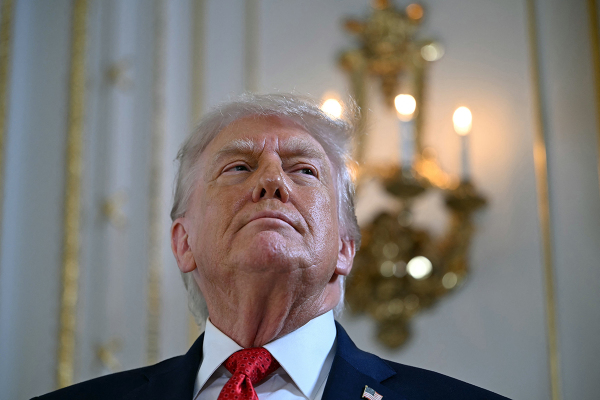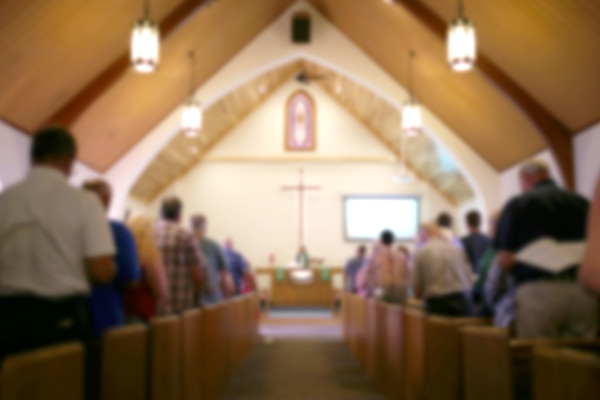Black, Latino churches face struggles, shifts in COVID culture

Coronavirus not only has hospitalized or killed a disproportionate share of Latinos and African Americans and their church leadership, it threatens the existence of some of their congregations and is shifting the platforms of many congregations, leading to a very significant downturn for in-person attendance.
“I could name 15-20 people I know, brother pastors who have died,” sighed the Rev. Tony Miranda, president of the Convención Bautista Hispana de Texas, about the toll the coronavirus has taken on his organization. Even more of his colleagues from Mexico have passed away from the virus.
Latinos and African Americans have been hospitalized for COVID-19 at roughly three times the rate of Caucasians, according to the Centers for Disease Control and Prevention. Hispanics are 36% more likely to die than whites, and the rate for blacks is 99% higher than Caucasians, APM Research Lab discovered. Several dozen officials of predominantly African-American denominations have succumbed, raising the profile of the impact of the virus on churches of color.
Hispanic and black congregations long have been centers for their ethnic communities. Beyond preaching and teaching, these institutions have often advocated for those both on and off membership rolls, met basic human needs for the poor and provided listening ears and sensitivity for those coming through welcoming doors.
“The three main issues I have seen are finances, attendance, and problems using technology,” Miranda told The Christian Post of COVID-19 difficulties. “Also, there has been a kind of confusion, maybe conflict, some wanting the churches to reopen, some not, some wanting to wear masks, some not.” He said while Latino churches are doing better with streaming and using online conferencing tools, the other troubles remain.
A Pew Forum survey released in August found 37% of Hispanic and 42% of African-American churchgoers wanted their churches closed to in-person functions, compared with only 21% of Caucasians. Just one in five blacks and a quarter of Latinos who were formerly regular attendees had attended a physical service since the virus hit, but two in five of whites had.
Of the three ethnic groups, African Americans at 77% were slightly more likely than the other two to have watched a televised or online service. That is a plus in the largely negative coronavirus culture, Bishop David Daniels of the Church of God in Christ told CP.
“There are churches doing more than they did prior to the virus,” the denomination’s education head stated. “Not only do they do a Sunday service online, they do youth group online, have their men’s group online, their marriage ministry online.”
A number of congregations in his mostly African-American denomination have reopened for in-person events, but a good share have not, Daniels said. In either case, COGIC has stressed its churches observe both governmental restrictions and CDC guidelines to minimize the spread of the virus. Presiding Bishop Charles E. Blake formed a health commission with a sizable share of members degreed in medicine or related fields to help guide policy for COGIC’s 6.5 million adherents.
There are no large historically Latino denominations, as those believers tend to form wings or ethnic versions of Caucasian-majority church bodies. Convención Bautista Hispana de Texas is the largest Hispanic Baptist convention in the United States with more than 1,100 member churches, and it works with major white-led Southern Baptist conventions in the state. Miranda said the vast majority of his group’s churches are holding services in their buildings.
Jesse Rincones III, executive director of the Texas Convención, said it’s hard to replicate the warmth of the Latino culture online.
“We are a close-knit, family-oriented community, more likely to give a pastor a hug at church than shake his hand,” he explained to CP. “That is such an ingrained part of church practice that may lead to a bigger impact on Latino churches not being able to meet in person.”
He characterized a typical church’s current income in his convention as between “survival and maintenance level,” with attendance in person perhaps 40-60% of normal.
Helping both Latino and African-American churches survive is that most of their pastors are already bivocational, working another job to make ends meet.
Daniels noted unemployment likely would be a major factor contributing to any disbanding of churches of color related to COVID-19. Barna Research President David Kinnamon estimated in August that one in five churches may close by 2022 due to the crisis.
What will it take for African-American and Latino churches’ pews to be as filled as before?
“There is a key word for leaders I’ve talked with,” Daniels said. “That word is ‘vaccine.’ If there is a vaccine that proves effective, it will be a signal to open everything up again.” Rincones agreed that would help Hispanic churches too.





















